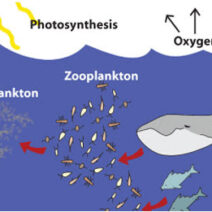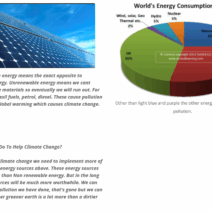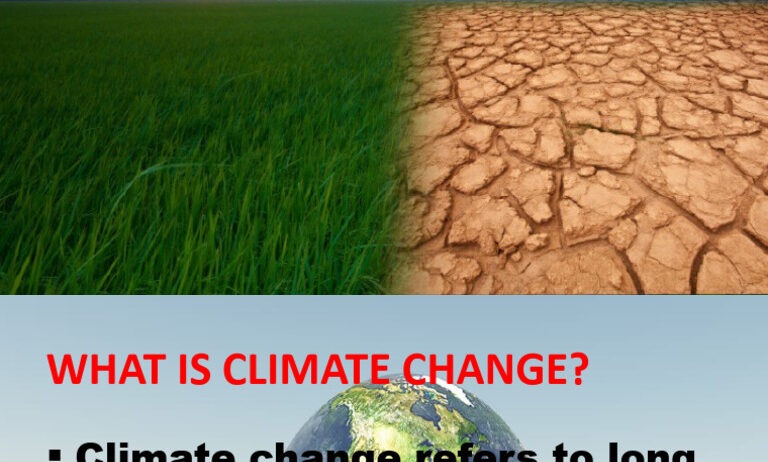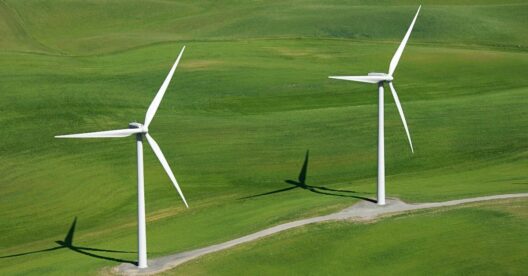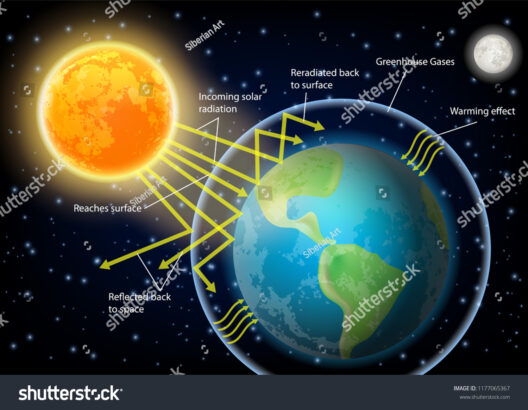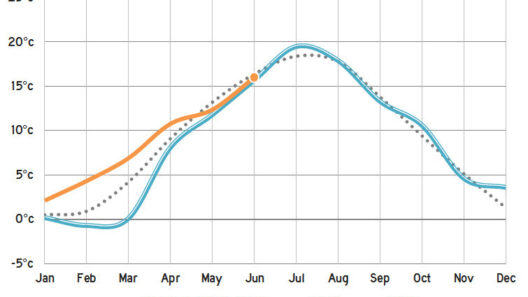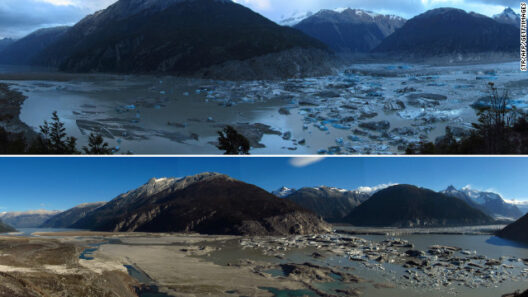In the midst of the global climate crisis, the agricultural sector stands at a pivotal intersection, embodying both a contributor to climate change and a potential solution. Understanding how agriculture affects climate change is crucial for policymakers, consumers, and stakeholders within the industry. This exploration delves into the mechanisms through which agriculture influences climate dynamics and examines the associated challenges and opportunities.
Agriculture is responsible for approximately 10-12% of global greenhouse gas emissions, a fact that has gained attention in recent years. The primary gases associated with these emissions include carbon dioxide (CO2), methane (CH4), and nitrous oxide (N2O). Each gas has its own sources and effects, but collectively, they play a significant role in exacerbating the warming of our planet.
The Greenhouse Gas Emissions Profile of Agriculture
To fully grasp the impact of agriculture on climate change, it is essential to dissect the emissions profile associated with various agricultural practices.
Agricultural operations are predominantly responsible for methane emissions, primarily from enteric fermentation in ruminants such as cattle and sheep. This process occurs during digestion, leading to the release of methane—a gas that is over 25 times more potent than CO2 over a 100-year period. Moreover, manure management and the decomposition of organic waste further contribute significantly to methane emissions.
Additionally, nitrous oxide, another potent greenhouse gas, is predominantly released from agricultural soils. The application of nitrogenous fertilizers, while boosting crop yields, leads to the volatilization of this gas. Consequently, the cycle of nitrogen use in agriculture generates emissions that can remain in the atmosphere for over a century.
While the intricacies of emissions vary depending on the crop and livestock management practices, the overarching trend is alarming. The push for increased production to meet the demands of a growing population often exacerbates these emissions, thereby perpetuating a vicious cycle of climate degradation.
Land Use Change: The Double-Edged Sword
The conversion of forests and natural ecosystems into agricultural land is a significant driver of climate change. Deforestation releases large quantities of CO2 stored in trees and soils, further contributing to atmospheric concentrations of greenhouse gases. Tropical regions are particularly vulnerable, as forests are cleared for agricultural expansion, resulting in the loss of biodiversity and carbon sinks.
Furthermore, land-use change disrupts local ecosystems and contributes to soil erosion and degradation, which diminishes the land’s capacity to sequester carbon. A focus on monoculture crops, which often necessitate clearing land, decreases soil health and negatively impacts water resources.
However, with responsible management practices, agriculture has the potential to sequester carbon and restore ecosystems. Agroforestry, for instance, integrates trees into farming systems, enhancing carbon sequestration while providing additional ecological benefits, improving resilience to climate impacts, and diversifying income streams for farmers.
Water and Energy Consumption: The Hidden Footprint
Another aspect where agriculture intersects with climate change is through its immense consumption of water and energy. Modern agricultural practices often rely on extensive irrigation systems, which not only draw down local water supplies but also require significant energy inputs for pumping and distribution. The extraction and treatment of water in energy-intensive ways contribute additional greenhouse gas emissions, illustrating the interconnectedness of these resources.
Moreover, the energy required for manufacturing fertilizers, pesticides, and other agricultural inputs furthers the greenhouse gas emissions associated with the sector. The reliance on fossil fuels in mechanized farming makes agriculture a key player in the deterioration of environmental stability, leading to calls for cleaner, renewable energy sources in farming practices.
Agriculture is also susceptible to climate impacts, creating a two-way interaction between climate change and farming systems. Extreme weather events, shifting precipitation patterns, and diminishing biodiversity not only threaten food security but also require adaptive strategies that may further influence emissions. Therefore, addressing climate change necessitates a dual focus on mitigation and adaptation strategies within agriculture.
Towards Sustainable Practices: Solutions and Innovations
Given the profound challenges posed by traditional agricultural practices, innovative solutions are pivotal for aligning the sector with climate goals. Transitioning towards regenerative agriculture, which emphasizes practices such as cover cropping, reduced tillage, and diversified rotations, can enhance soil health, improve water retention, and sequester carbon in the soil, thereby counteracting some of the emissions attributed to conventional farming methods.
Additionally, precision agriculture, which utilizes technology to optimize inputs and outputs, offers an avenue for reducing resource consumption and emissions. By using data to inform decisions, farmers can minimize fertilizer applications and reduce water waste, all while maintaining productivity.
Consumer choices also play a vital role in shaping the agricultural landscape. Supporting local, organic, and sustainably produced foods encourages practices that prioritize environmental stewardship. Awareness and education about the climate footprint of various food products can empower consumers to make informed choices that mitigate agriculture’s effects on climate change.
In conclusion, the nexus between agriculture and climate change is complex and multifaceted. While the sector contributes significantly to greenhouse gas emissions, it also presents avenues for mitigation and adaptation. By adopting sustainable practices, fostering innovation, and encouraging responsible consumption, we can navigate the challenges posed by agriculture in a warming world. Instead of viewing agriculture solely as a problem, we must consider it a crucial partner in the fight against climate change, illustrating that transformation is possible through holistic approaches and collaborative efforts.
